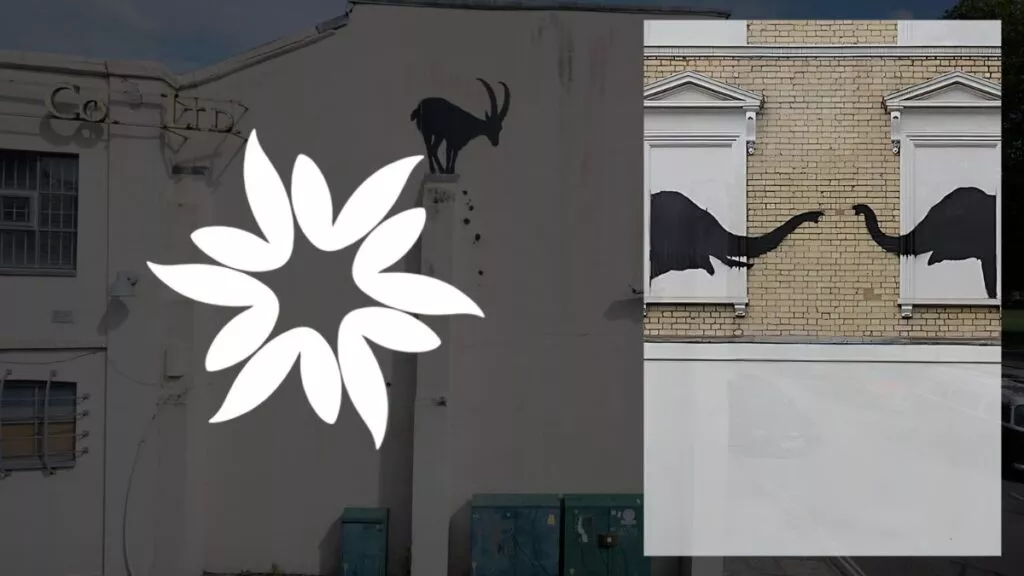Explore the motivations and stories behind infamous acts of art vandalism, including political protests and personal statements.
Key Takeaways
- Vandalism of famous artworks is often a form of protest or a statement, ranging from political to personal motivations.
- Notable historical acts of vandalism include attacks on artworks like the Byzantine icons, Velázquez's "Rokeby Venus", and Michelangelo's "Pietà".
- Despite strict security and conservation efforts, even revered masterpieces like Da Vinci's "Mona Lisa" and Van Gogh's "Sunflowers" have not been immune to vandalism.
The Political and Personal Drivers of Art Vandalism
What drives an individual to deface an artwork that’s held in high regard? The reasons are diverse, often a complex mix of political activism and personal expression. For instance, climate protests have seen activists target museums, and some individuals have defaced art as part of their own creative process. Yet, regardless of the motive, the underlying intent is usually to disrupt and draw attention to a cause or sentiment.
Notorious Incidents of Art Vandalism Through the Ages
The tradition of vandalizing art goes back centuries, with instances like the Byzantine Iconoclasm where religious icons were destroyed by decree, to modern-day where climate activists have used art protests to highlight their message. Each event shares a common thread – the use of art to make a loud and public statement, whether it’s a suffragette attacking a painting to protest for women’s rights or an anti-war activist defacing Picasso’s “Guernica”.
The Unending Battle to Protect Art from Vandalism
Despite the efforts of museums and galleries worldwide, artworks continue to be targets of vandalism. Protective measures like bulletproof glass have been installed after attacks like those on Michelangelo’s “Pietà”. But even then, the threat looms, as seen with the recent Just Stop Oil activists’ attack on Velázquez’s “The Toilet of Venus”. These acts remind us of the ongoing challenge to safeguard our cultural heritage against those who would use it as a medium for protest or defiance.








